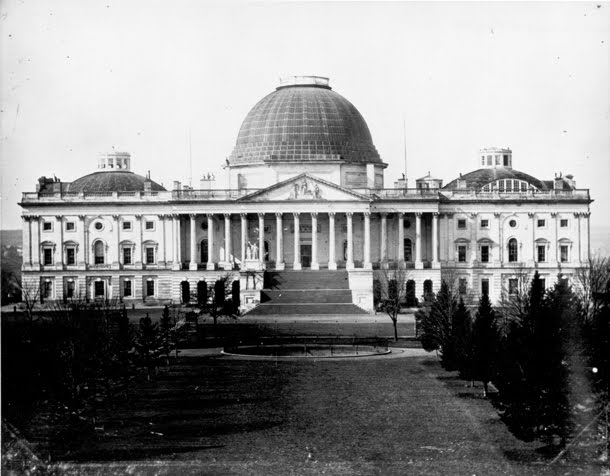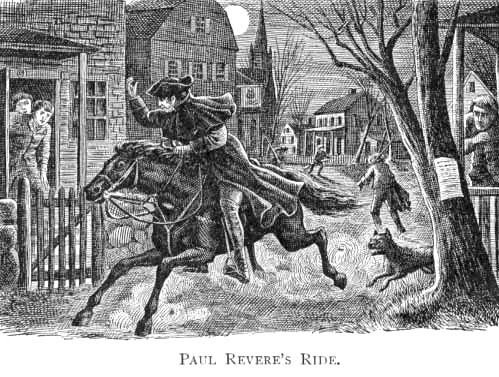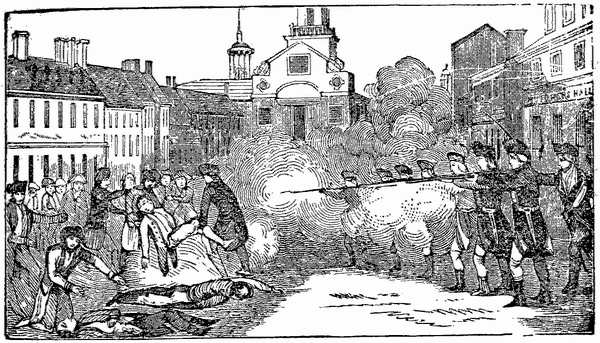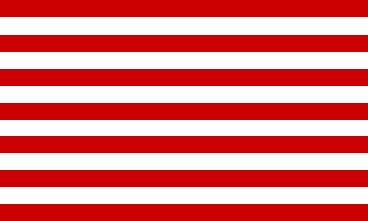From Concurring Opinion:

Stanford Law Review Online: The Ninth Circuit’s Perry Decision and the Constitutional Politics of Marriage Equality
posted by Stanford Law Review
The Stanford Law Review Online has just published an Essay by Yale’s William N. Eskridge Jr. entitled The Ninth Circuit’s PerryDecision and the Constitutional Politics of Marriage Equality. Eskridge provides an accessible summary of the opinion and defends the judgment against detractors who claim it went too far—or didn’t go far enough:
In the blogosphere, Judge Reinhardt’s Perry opinion has come under heavier fire from commentators favoring marriage equality than from those opposed to equality. Some gay-friendly commentators have lamented that the Ninth Circuit did not announce a general right of lesbian and gay couples to marry all over the country and have criticized the court’s narrow reasoning as “dishonest,” analytically “wobbly,” and “disingenuous.” In my view, the court got it right, as a matter of law and as a matter of constitutional politics.Start with the role of federal courts of appeals in our rule of law system: their role is a limited one, a point these pro-gay commentators have neglected. Such courts (1) are supposed to address the particular factual context presented by the parties, (2) must follow the binding precedent of their own circuit and of the Supreme Court, and (3) ought usually to choose narrow rather than broad grounds for decision. Judge Reinhardt’s Perry opinion is exemplary along all three dimensions. . . .Should Judge Reinhardt have gone further, to rule that lesbian and gay couples in all states enjoy a “fundamental” right to marry, resulting in strict scrutiny that would be fatal to the exclusion of such couples in the laws of the more than forty states now denying marriage equality? For two decades, I have maintained that the Constitution does assure lesbian and gay couples such a fundamental right. But I am not a court of intermediate appeal. As such a court, the Ninth Circuit panel was right, as a matter of standard legal practice, not to engage this broader argument.
He concludes:
Marriage equality is an idea whose time has come for California, as well as for New York, whose legislature recognized marriage equality last year. But has its time come everywhere in the country? I fear not. The nation’s constitutional culture is much more accepting of lesbian and gay couples today than at the turn of the millennium, but much of the country is still hostile to gay people generally and marriage equality in particular.Does that mean the Ninth Circuit and the Supreme Court should cower behind a constitutional heckler’s veto? Of course not. But when the hecklers are the bulk of the audience, the constitutional speaker needs to tread more carefully. Courts can help put an issue on the public law agenda, and they can channel discourse into productive directions. They can also help create conditions for falsification of stereotypes and prejudice-driven arguments, such as the canard that gay marriage will undermine “traditional” marriage. But courts cannot create a national consensus on as issue about which “We the People” are not at rest. And nationally, the people are not at rest.In the United States, as a whole, marriage equality is an idea whose time is coming. And Judge Reinhardt’s decision inPerry v. Brown advances the ball just a little, and not too much.
Read the full article, The Ninth Circuit’s Perry Decision and the Constitutional Politics of Marriage Equality by William N. Eskridge Jr., at the Stanford Law Review Online.
.gif)






























No comments:
Post a Comment